
[ home port | lectures | labs | surf | email prof. ]

98% of marine species are benthic
Rocky shore
Sandy shore
Coral reefs
Hydrothermal vents
high tide zone
middle tide zone
low tide zone
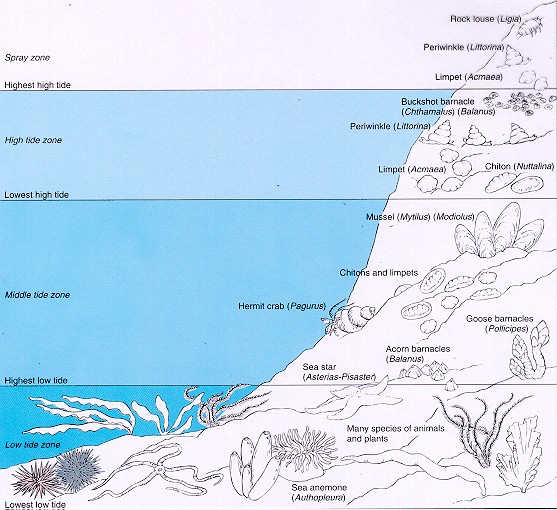
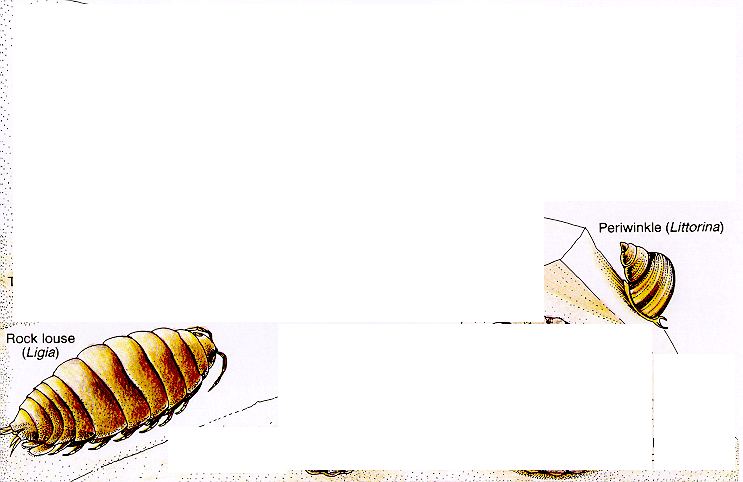
High Tide Zone:
filter-feed seawater / larvae are planktonic
limpets, buckshot barnacles
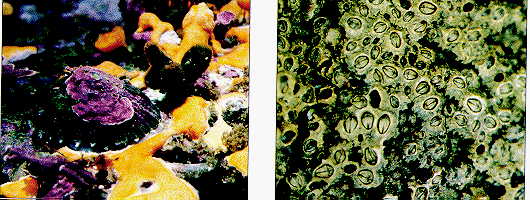
Middle Tide Zone:
more variety, competition for space
goose barnacles, mussel, sea stars

Low Tide Zone:
dominated more by plants than by animals
surf grass, sea urchins, sea anemones
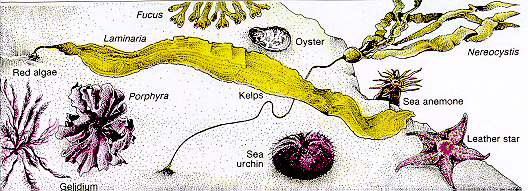
Shore Crabs roam entire intertidal range
Scavengers feeding on dead animals, seaweed

high tide zone
middle tide zone
low tide zone
different adaptations protect animals from fluctuations in:
clams, worms, sand stars, amphipods
Clams

Worms, Amphipods, Sand Stars
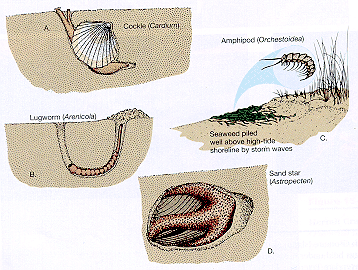
Worms
Amphipods
Sand stars
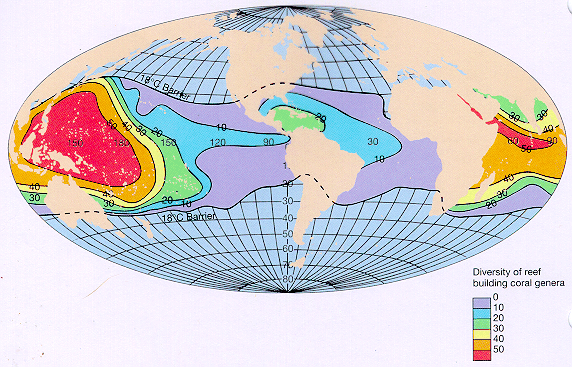

1 - Beach Zone:
sands derived from erosion of reef limestone
Boxer crab doesn't eat anemones but use them instead as weapons!
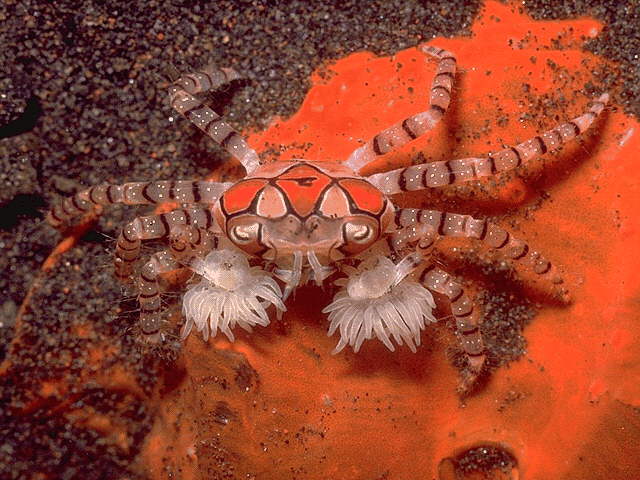
2 - Reef Flat:

2 - Reef Flat:
Sharks & mantas frequent visitors
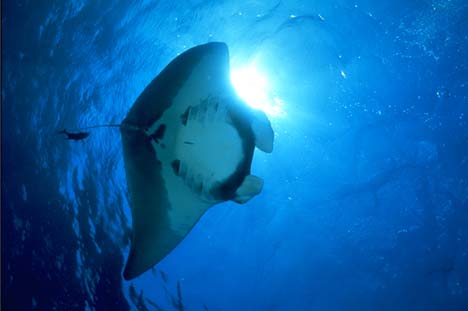
3 - Algal Ridge:
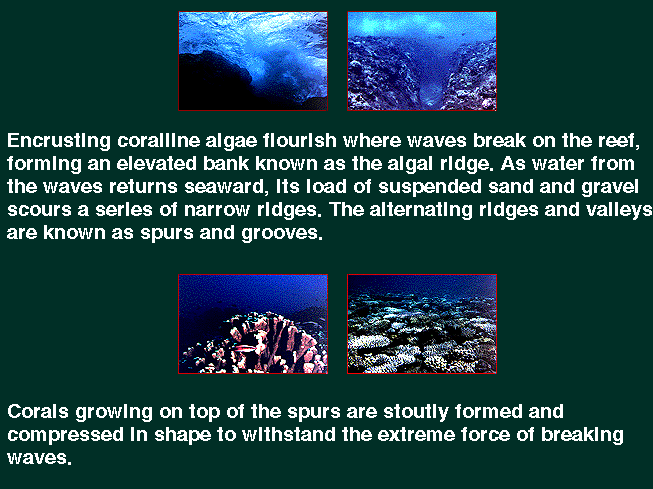
4 - Submarine Terrace
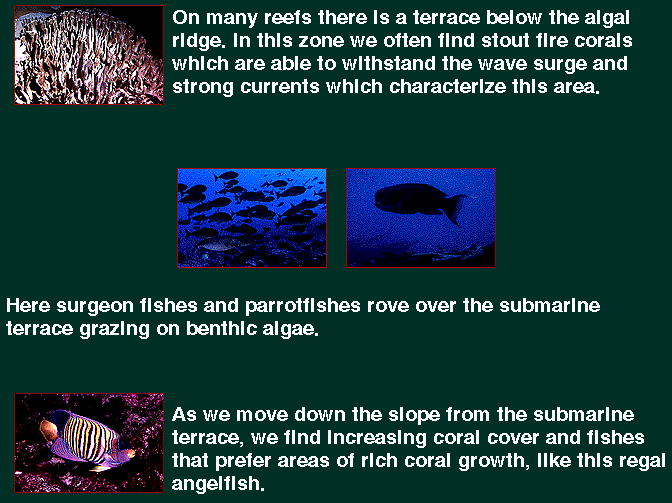
Increasing coral cover attract fishes
that prefer rich coral growth
Basslett fish (haremic, capable of sex reversal)
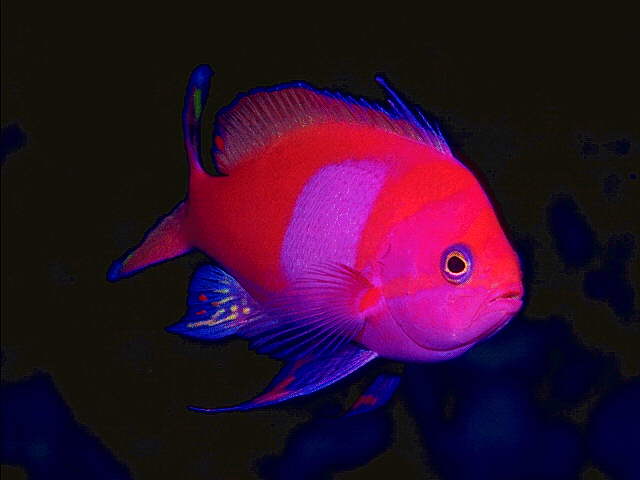
5 - Terrace

6 - Slope

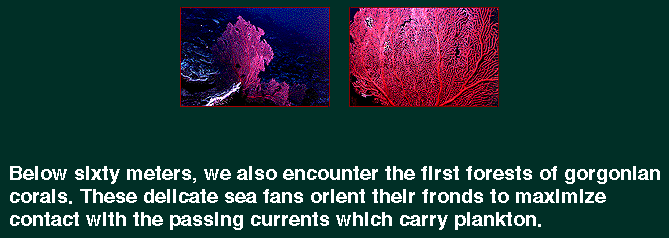
7 - Drop Off:
Soft corals are non-reef building (i.e., no zooxanthellae)
and no limestone skeletons
Secrete toxins to discourage competitors
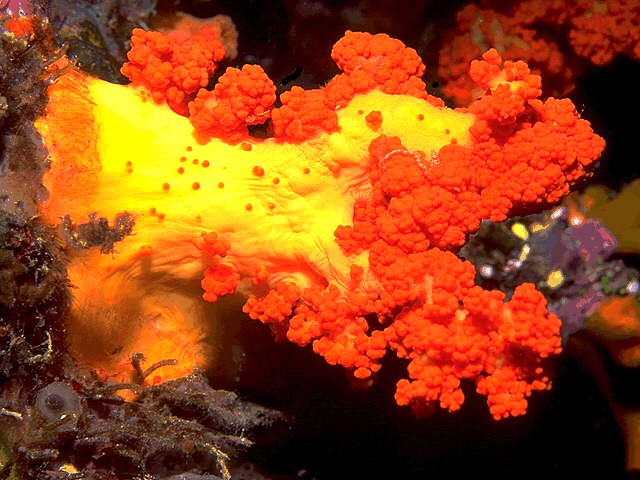
http://dusk.geo.orst.edu/oceans/intertidal.html